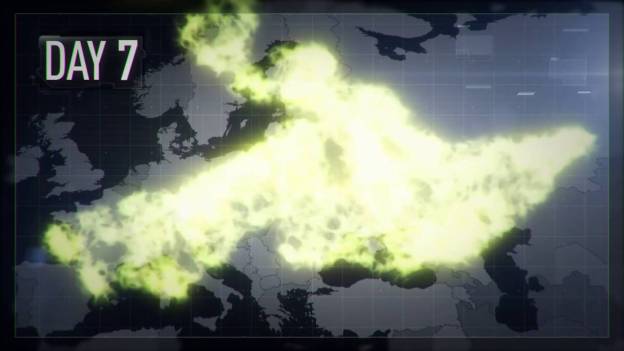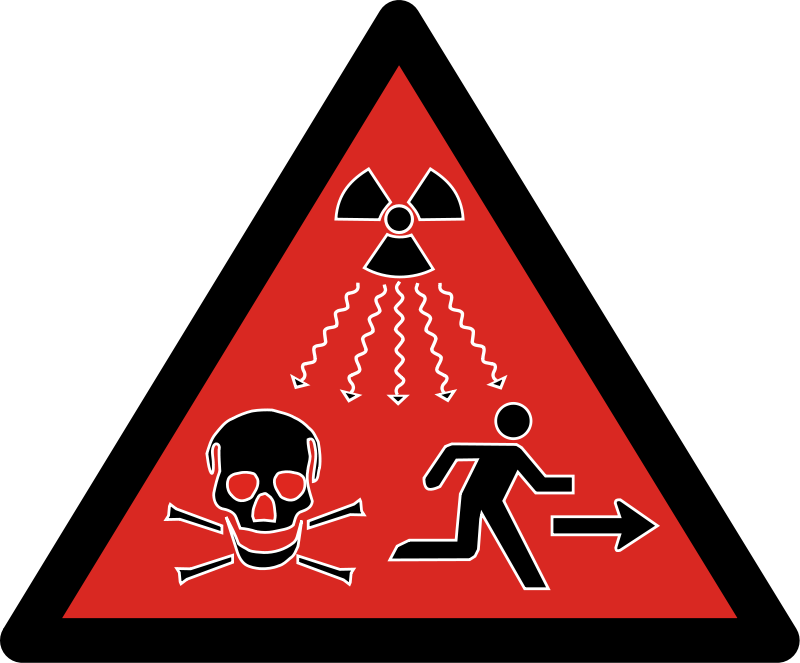About 1 kilometer under the sea lies a sound tunnel that carries the cries of whales and the clamor of submarines across great distances. Ever since scientists discovered this Sound Fixing and Ranging (SOFAR) channel in the 1940s, they’ve suspected a similar conduit exists in the atmosphere. But few have bothered to look for it, aside from one top-secret Cold War operation.
Today by listening to distant rocket launches with solar-powered balloons, researchers say they have finally detected hints of an aerial sound channel, although it does not seem to function as simply or reliably as the ocean SOFAR. If confirmed, the atmospheric SOFAR may pave the way for a network of aerial receivers that could help researchers detect remote explosions from volcanoes, bombs, and other sources that emit infrasound—acoustic waves below the frequency of human hearing.
After geophysicist Maurice Ewing discovered the SOFAR channel in 1944, he set out to find an analogous layer in the sky. At an altitude of between 10 and 20 kilometers is the tropopause, the boundary between the troposphere, the lowest layer of the atmosphere (where weather occurs), and the stratosphere. Like the marine SOFAR, the tropopause represents a cold region, where sound waves should travel slower and farther. An acoustic waveguide in the atmosphere, Ewing reasoned, would allow the U.S. Air Force to listen for nuclear weapon tests detonated by the Soviet Union. He instigated a top-secret experiment, code-named Project Mogul, that sent up hot air balloons equipped with infrasound microphones. The instruments often malfunctioned in the high winds, and in 1947, debris from one balloon crashed just outside of Roswell, New Mexico; that crash sparked one of the most famous UFO conspiracy theories in history. Soon after, the military disbanded the project. But the mission wasn’t declassified for nearly 50 years…
[Today] researchers plan to listen to launches of rockets with multiple solar-powered balloons staggered at different altitudes to figure out where the channel’s effects are strongest. They also plan to test the range of the signals and investigate the mysterious background noise. Understanding how the channel functions could help lay the groundwork for a future aerial infrasound network, which would monitor Earth constantly for major explosions and eruptions.
Excerpts from Zack Savisky, Balloon Detects First Signs of a ‘Sound Tunnel’ in the Sky, Science, Apr. 27, 2022






